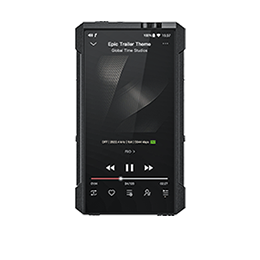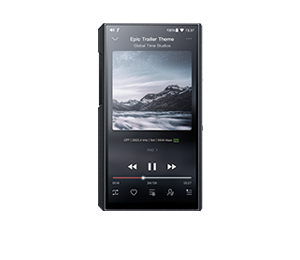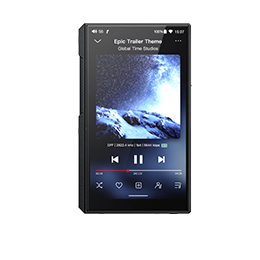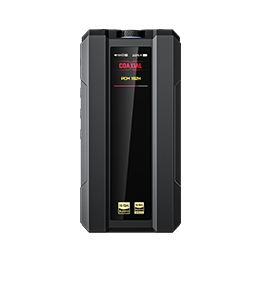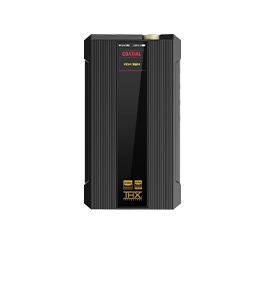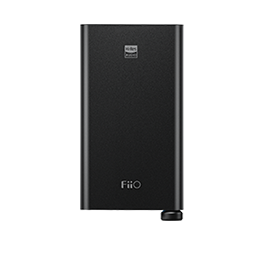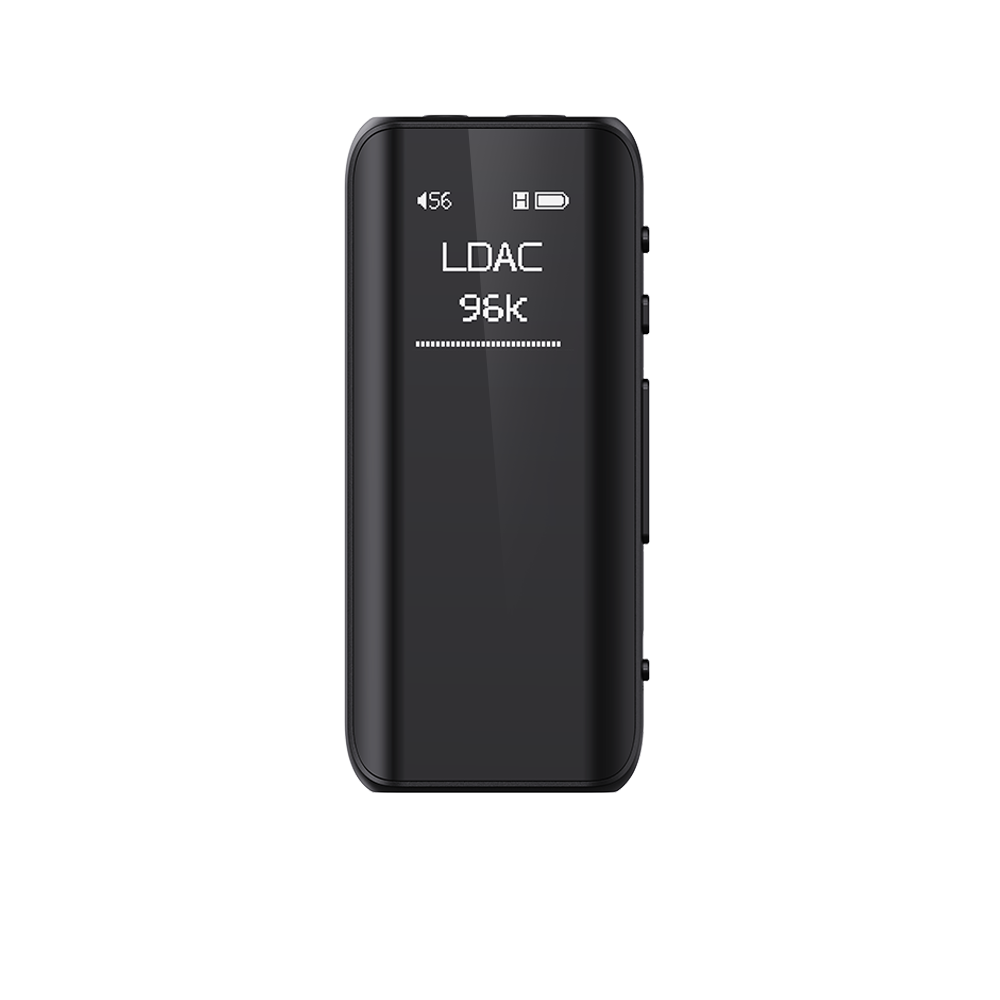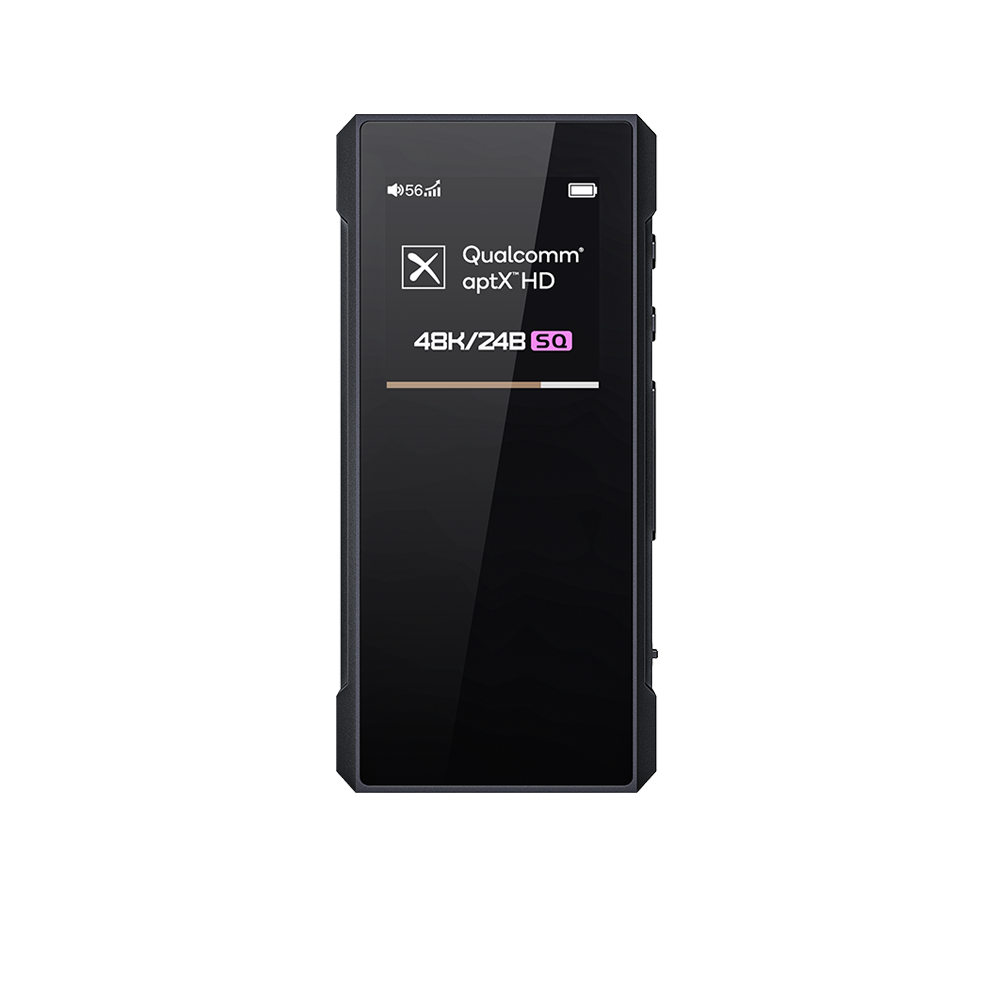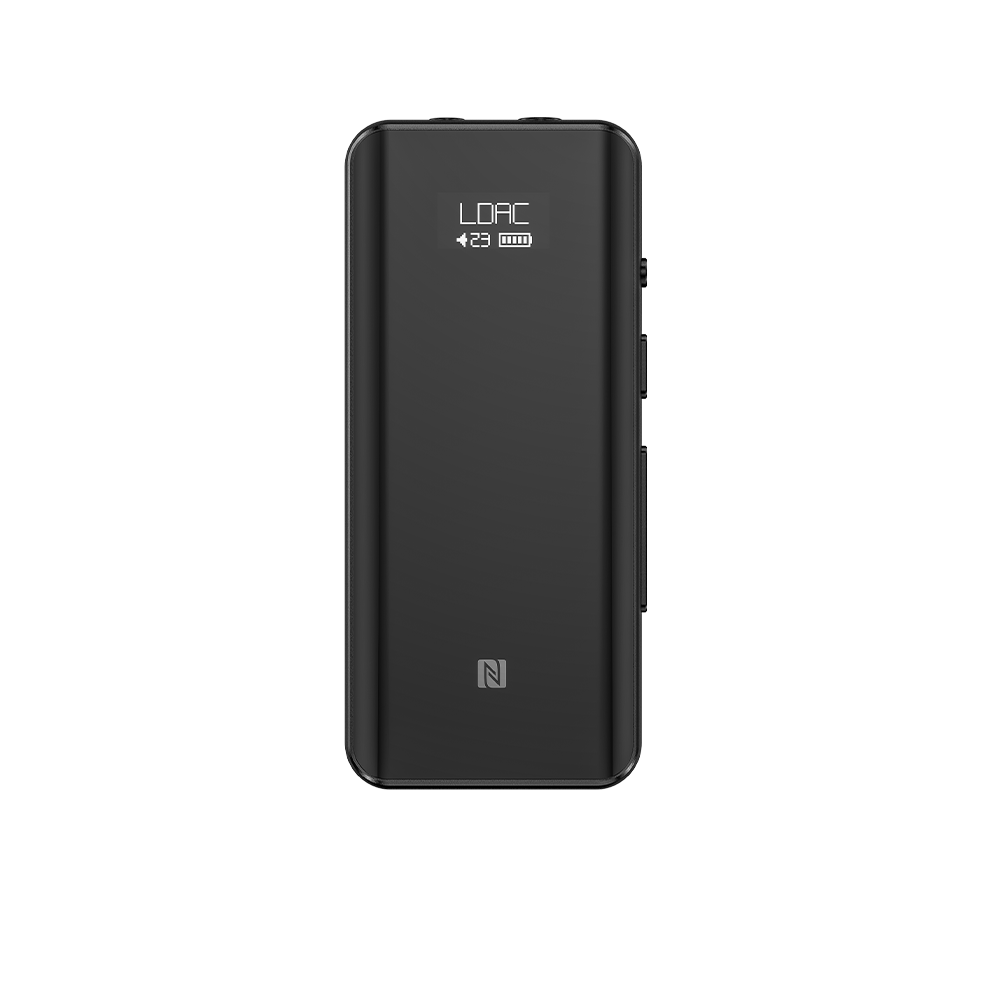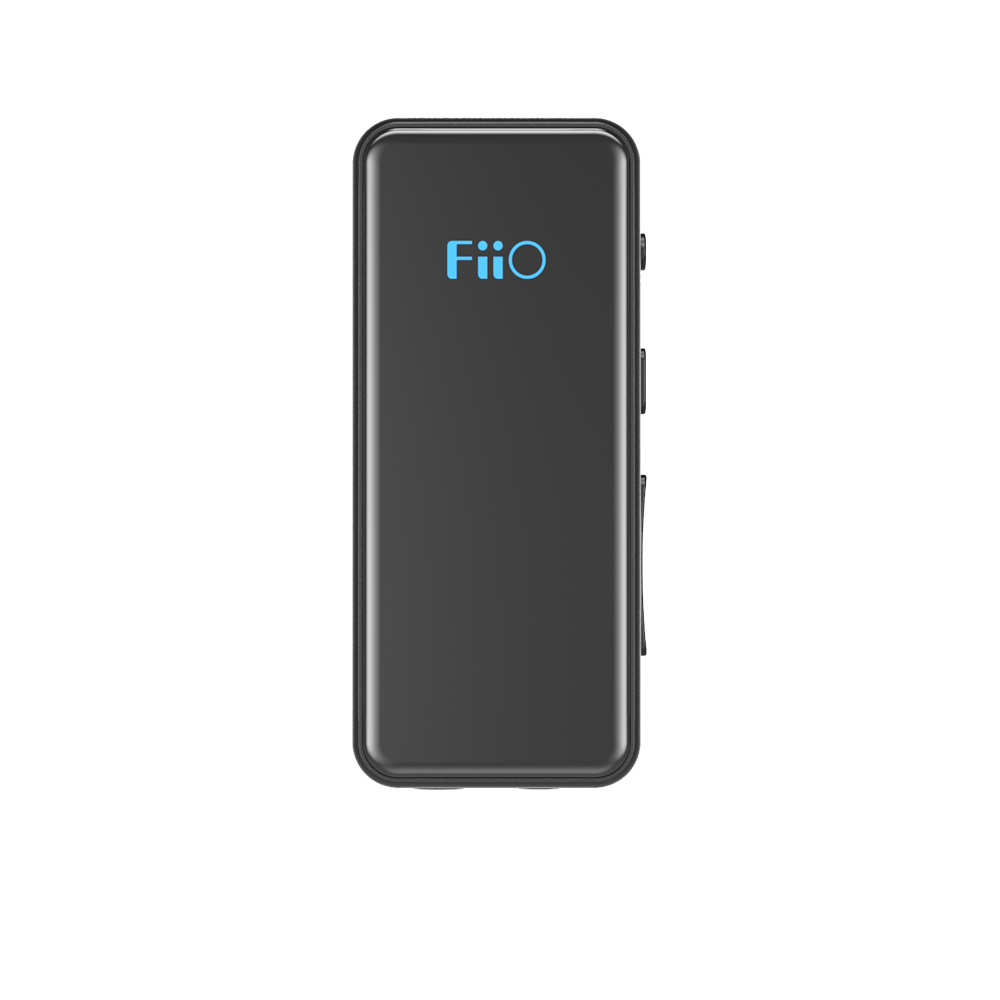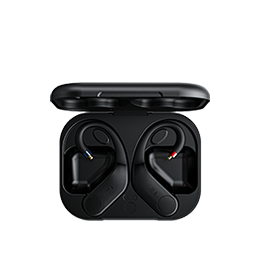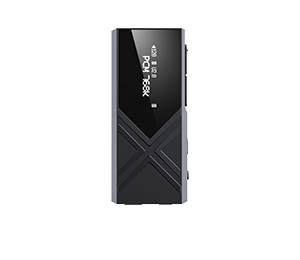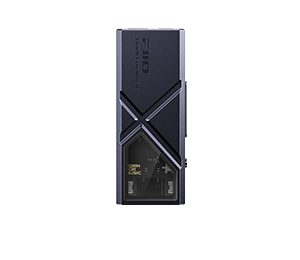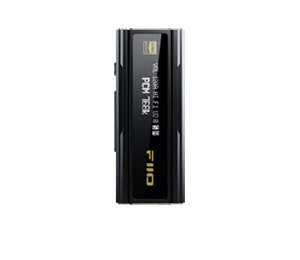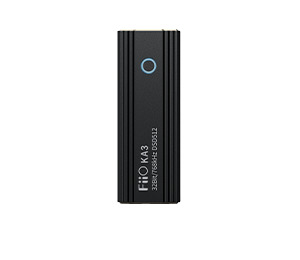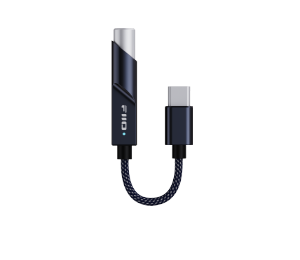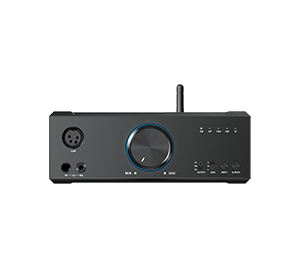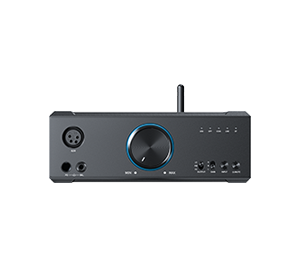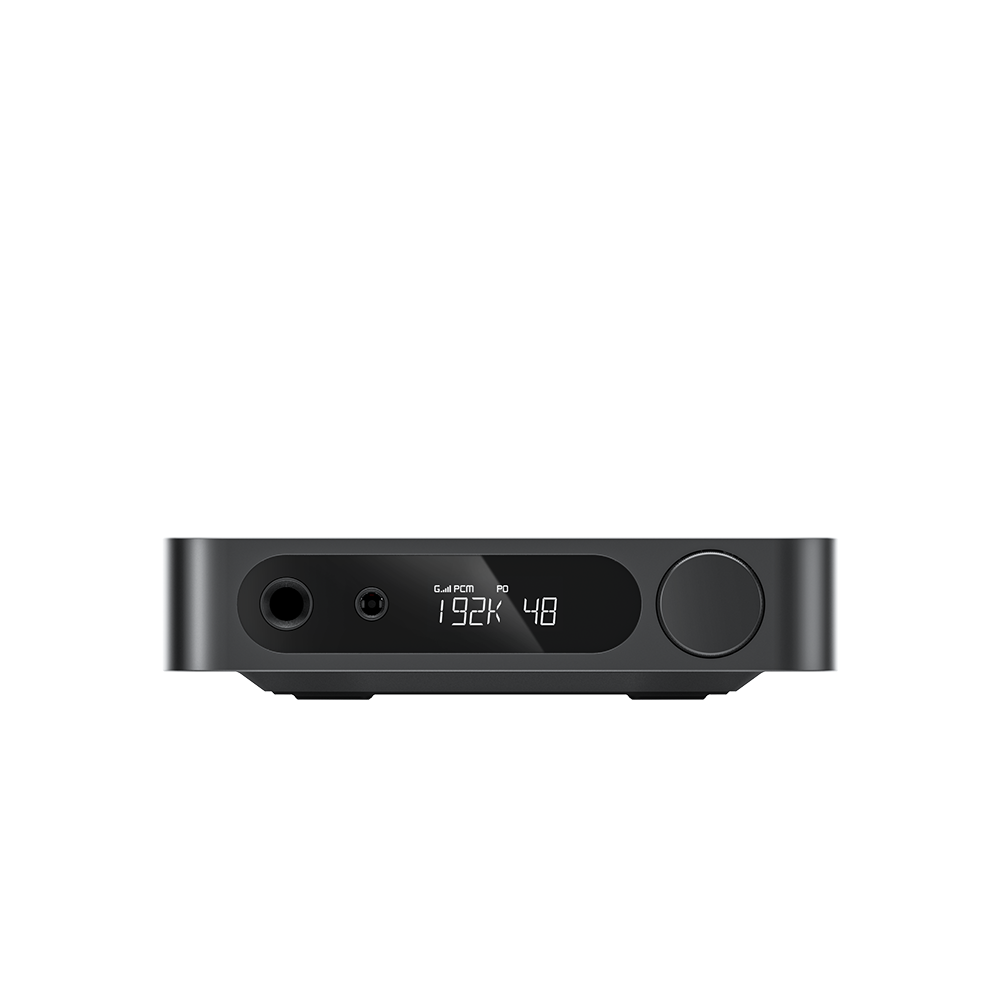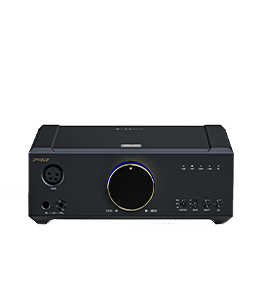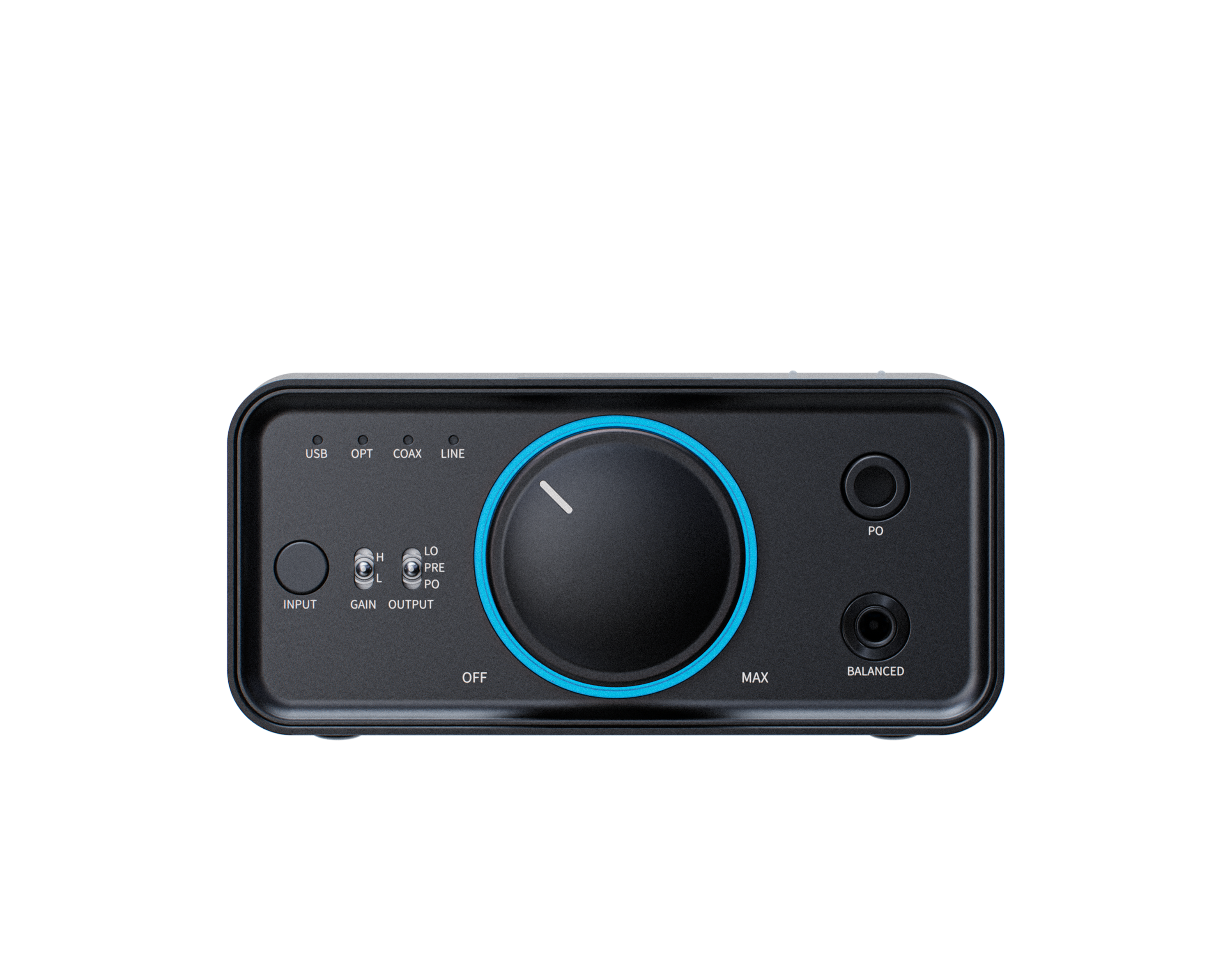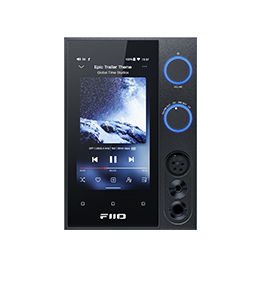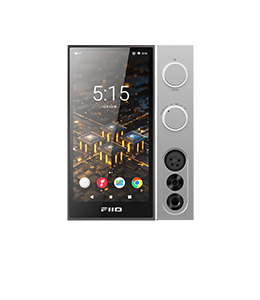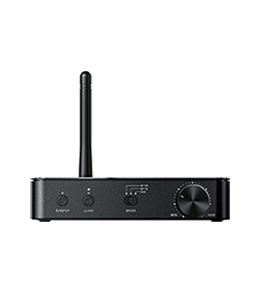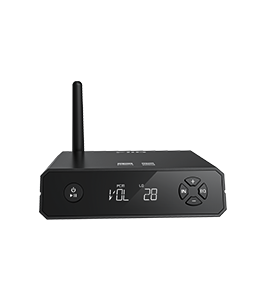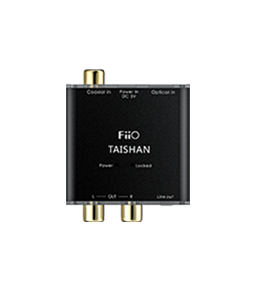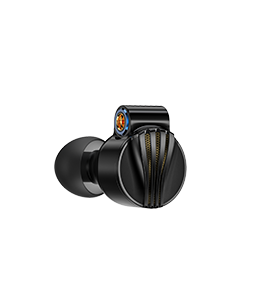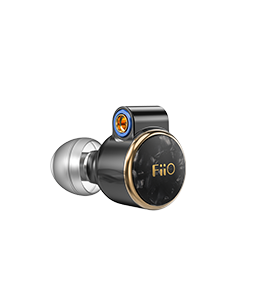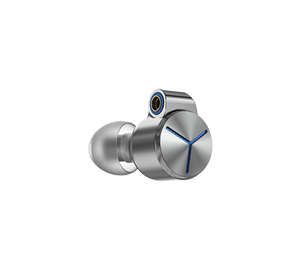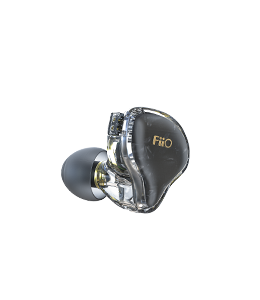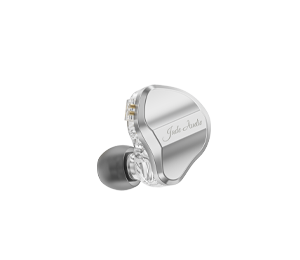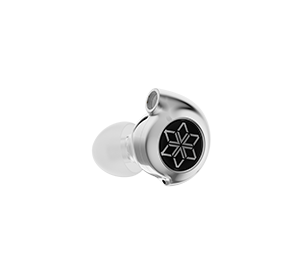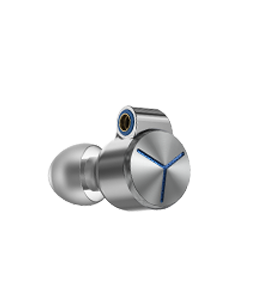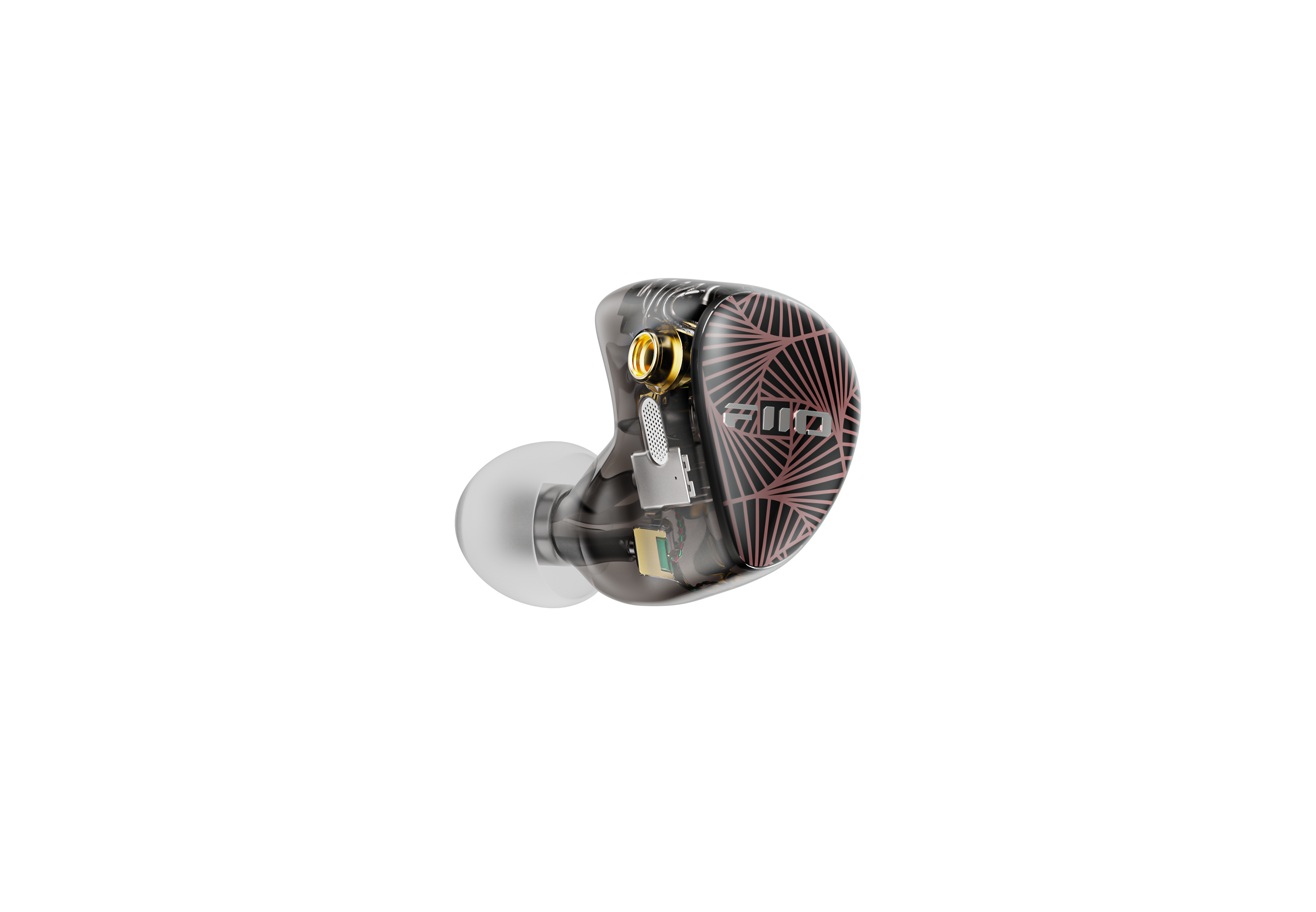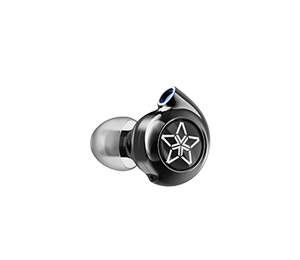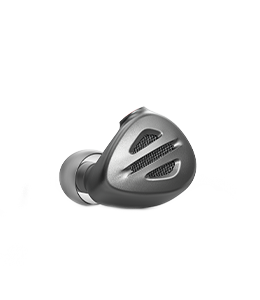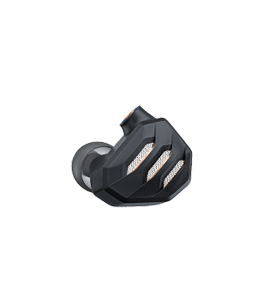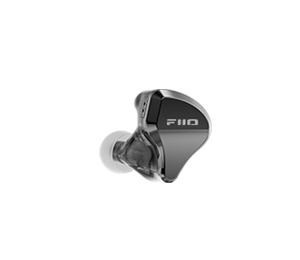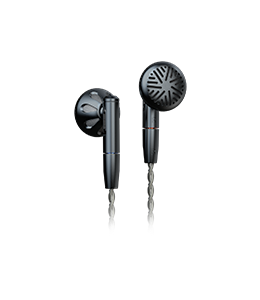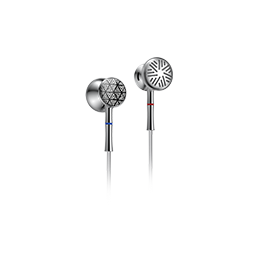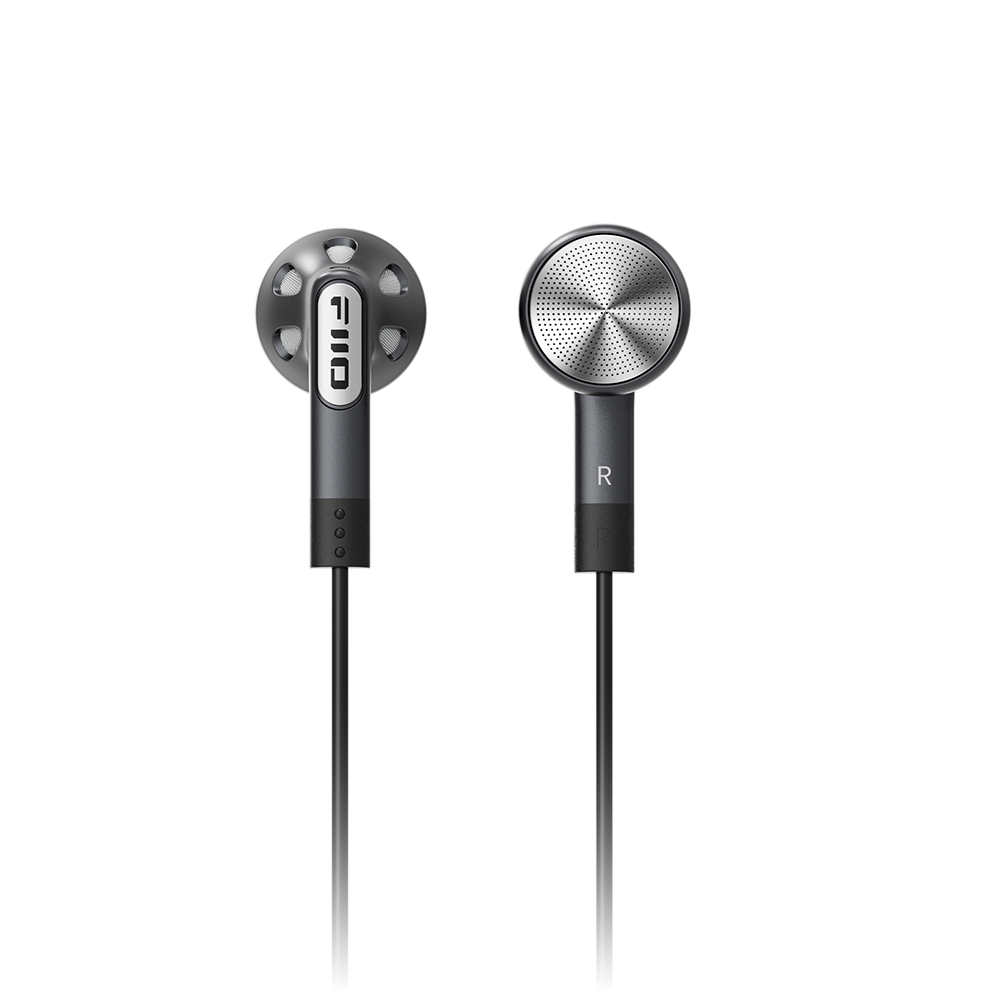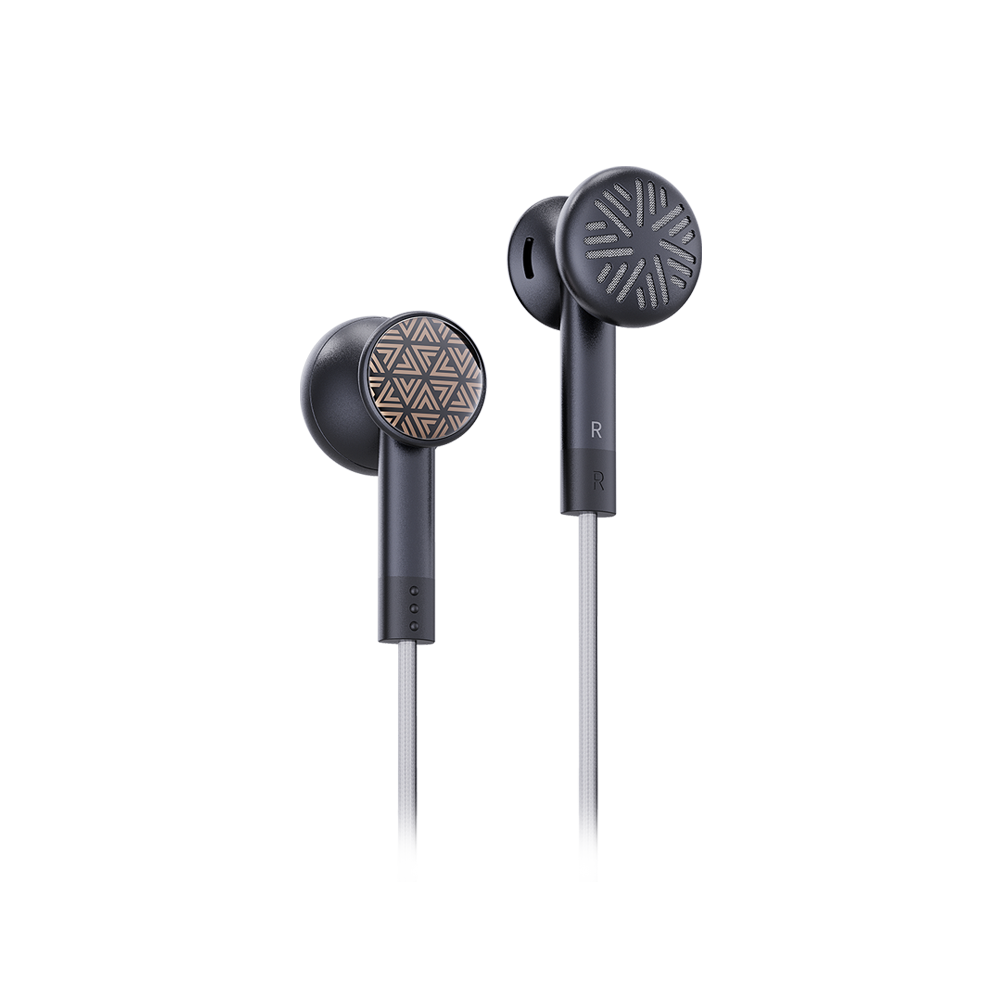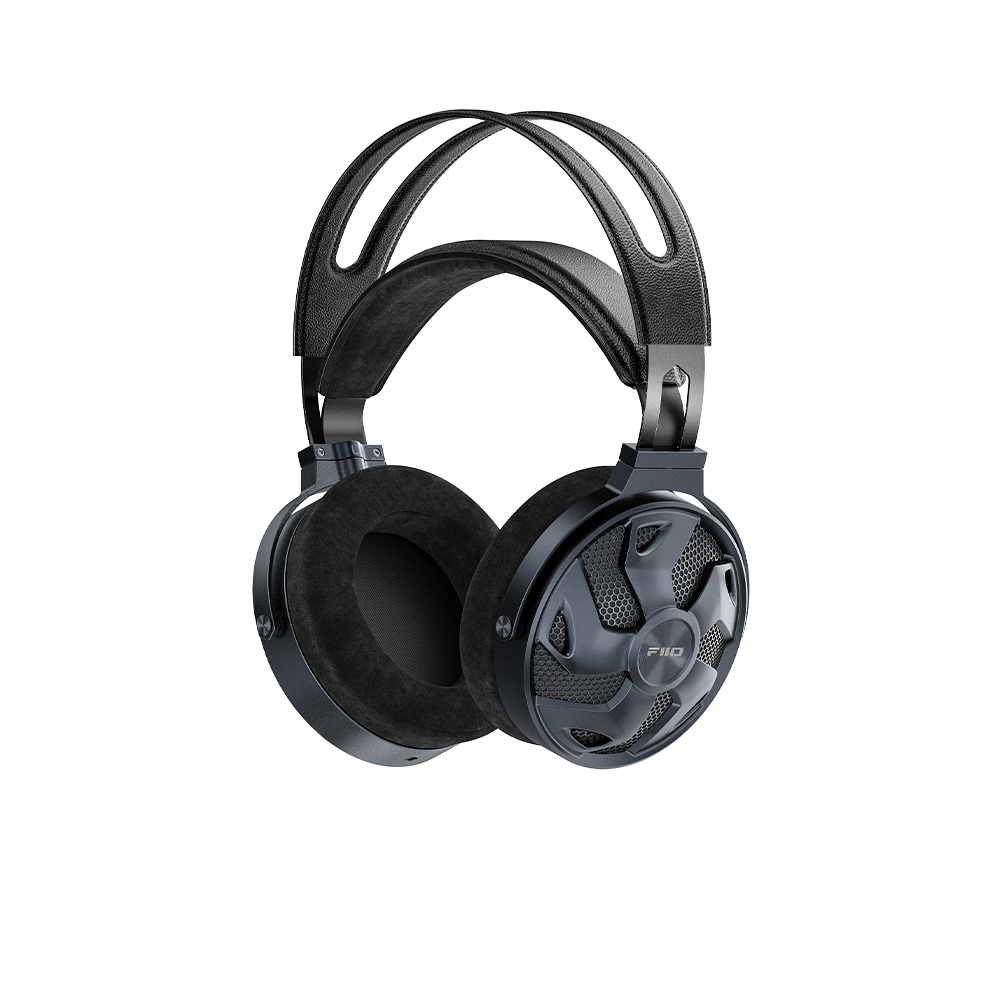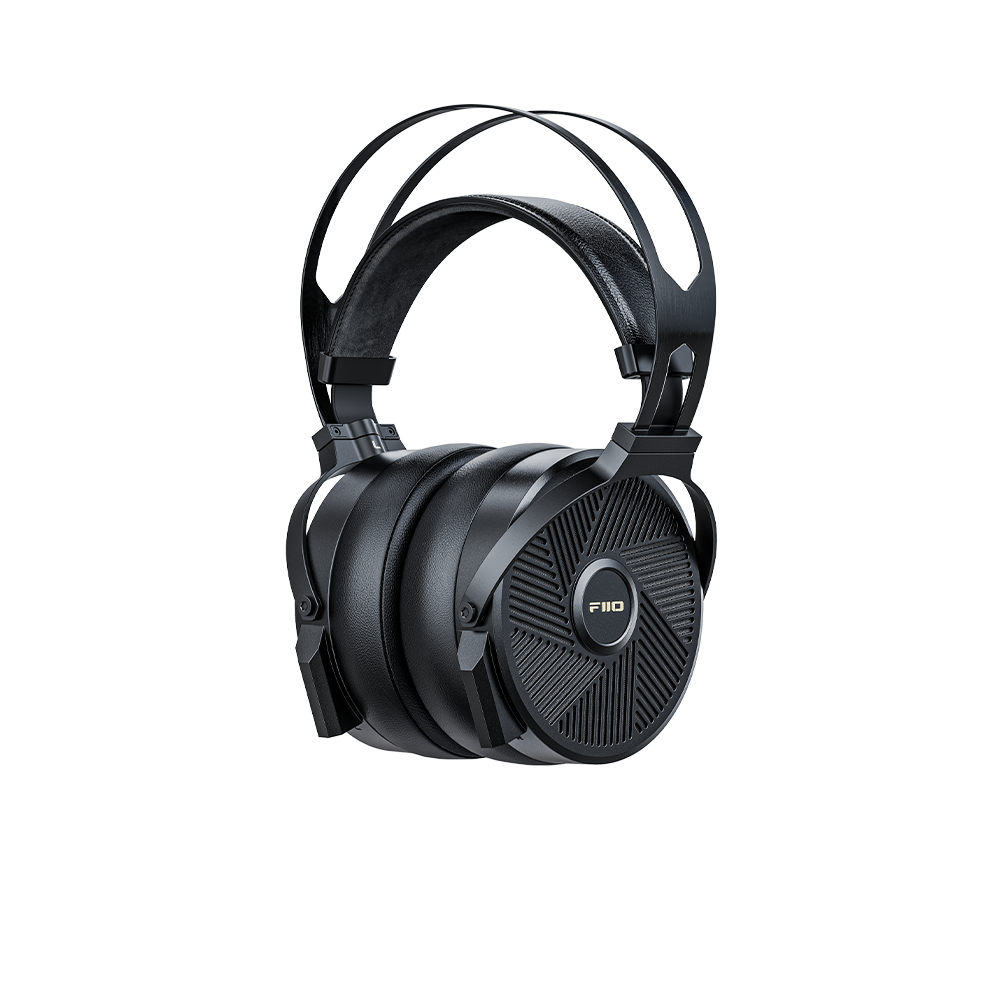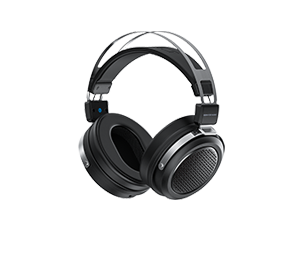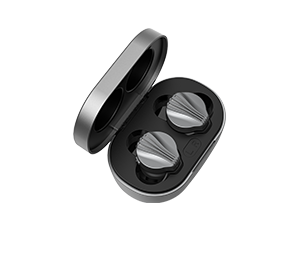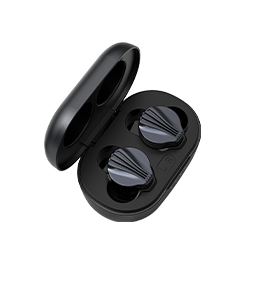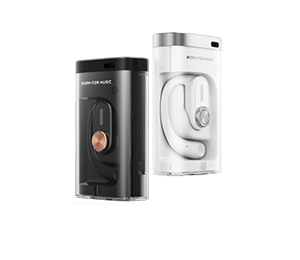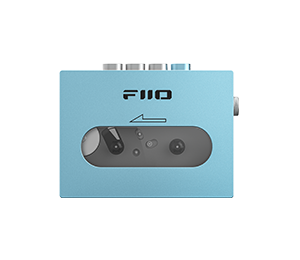Review: FiiO F9 Pro – Optimus Prime
Author:Berkhan
Review from Headfonia
→→ Read the original article on xx: >> Click here
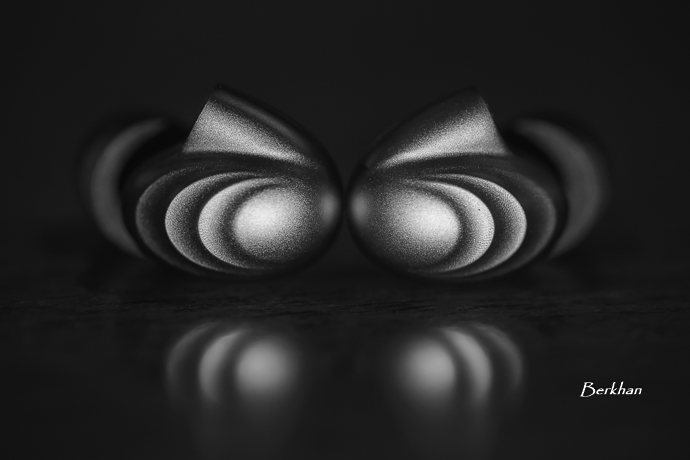
Disclaimer: The FiiO F9 Pro was delivered to me directly from FiiO as they're one of our site advertisers. The price seems to be 139$ for now, 40$ more than for the standard F9.
INTRO
When I reviewed the FiiO F9, I was impressed by the sound quality and especially the build & design for 99$. FiiO certainly knows how to make bang for buck products as we know them for a long time now. But they also want to step up to the next level and quickly improve with each product they launch. As a result, the FiiO F9 Pro was born.
Just as I thought that the F9 could’ve been better in some ways, there came the FiiO F9 Pro. Some people don’t like the short cycles in terms of product releases, but seeing a company pushing for better is not necessarily a bad thing after all. And there we have the F9 Pro, saying “gently step aside” to the basic F9 and taking the spotlight.
DESIGN & BUILD & FIT
There’s really not much for me to add in terms of “not sound” parts for the F9 Pro. There are some slight changes but at the end of the day they don’t impact the user experience significantly. While saying that, these small changes are very nice from FiiO nevertheless.
The female MMCX connectors have a slightly better angle for a more comfortable fit. There are easy to see L and R markings on the earpieces, and the cables also have blue and red color finish on the connectors. These small things create a better user experience overall, and add that “pro” touch to the earphones. Cables are also finished with right angled jacks this time. That’s also a more compact solution compared to straight jacks, at least in my opinion.
I’ve talked about all those things in my video below. Check it out to see the F9, F9 Pro and FH1, and of course their design differences. (The video had some focusing problems unfortunately, so sorry in advance. I’ll definitely solve that for the next ones)
For content, the F9 Pro has a secondary zipped case other than the weatherproof case provided and this is a nice addition. Sometimes it’s really handy to have a smaller, pocketable case to carry the IEMs in your pocket. Another addition is that foam tips are provided, and this is really nice if you like foams like me, and I think the F9 Pro blends very well with them.
Other than those things, build quality, fit and design is all the same with the F9. The color of this one tough is a lighter gray. It’s the only color option for the Pro model and I personally like it. In fact, I think it looks even better than the F9 with a titanium-like appearance. I saw things about MMCX connectors failing at some point or a certain angle, but it was all OK in my case. Still, one should not overlook this issue. You can search on the web and look for the complaints.
In conclusion, the F9 Pro is not only better in sound, it also offers a slightly better user experience. If you would like to have more insight about this part, you can check out the original F9 Review as well. Let’s jump to the sound right away.
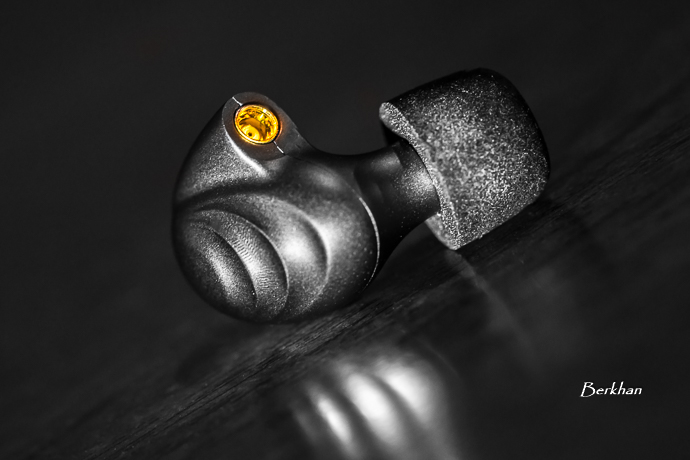
FiiO F9 Pro
SOUND
The difference between the F9 and the FiiO F9 Pro lies in the Balanced Armature drivers. FiiO managed to get the Knowles BA drivers and put them inside the Pro. I was a little skeptical about whether these drivers would make a big difference or not but in the end, it actually turned out to be a bigger difference than how I imagined it. My only expectation was the disappearance of that peak on upper mids/lower treble region; meaning the IEMs would exhibit a more controlled sound performance. But it’s definitely more than just that and I will explain those points shortly.
The FiiO F9 Pro presents a very clear sound like the standard version, but this time with more control and cohesiveness on the whole spectrum. I personally would skip the F9 and pay extra for the F9 Pro without hesitation, just for that reason. With that improvement, this I think has become even more “bang for your buck” now.
I tested the F9 Pro with the Sony WM1A and HiBy R6 DAPs.
BASS
On paper we should have the same dynamic bass driver from the standard F9 here. And precisely, the bass presentation does not contain a big difference when compared side by side. I will describe the lows of the F9 Pro right from the start, just in case you haven’t read the F9 Review beforehand.
The F9 Pro has a good slam and punch in its lows, but not overly so. It has a good amount of bass when needed, and gives you those sweet midbass tones when they’re present in the recording. The bass feels very natural as it’s a hybrid IEM with a dynamic driver, so this trait helps to have an airy sound overall. The midbass is a little more gripping compared to the subbass area, therefore I can’t say this IEM can reach down very deep. While saying that, I don’t think midbass compresses the sound stage or stereo image in any way. As I said, this is a dynamic driver, so midbass does not create that kind of a problem, like BA drivers do (when they have a big midbass focus).
Source also plays a factor here, as some DAPs give you a great bass control, and some don’t. In this case, the WM1A Walkman is very good in this regard. Midbass is under control at all times and again thanks to the dynamic driver, you don’t get a congested sound. Layering is not that great but that is not unexpected, since we are used to seeing great layering on IEMs which costs around 7 times more.
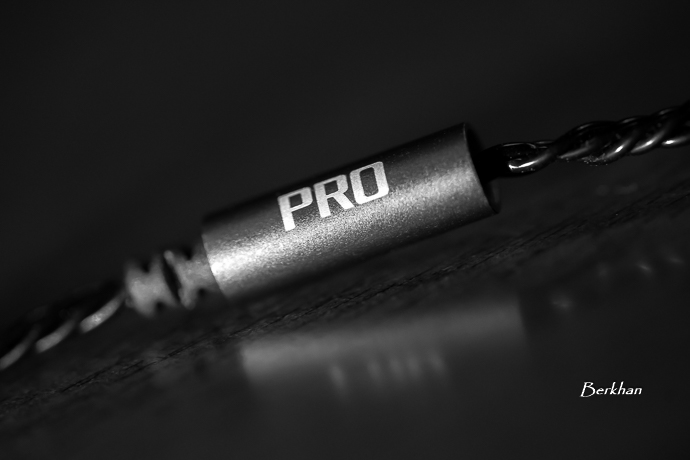
FiiO F9 Pro
I think maybe FiiO can get a better response out of this driver with more precise tuning, although I personally enjoy the bass as it is. Like the F9, this is a natural and satisfying bass response, especially for the price.
Still, the F9 Pro’s bass feels a little bit fuller and more coherent compared to the original, thanks to the better mid/treble performance of the new Knowles BA drivers. With a more balanced and natural sound overall, the bass driver can show itself more with its performance and succession. As a result, the sound now is more connected across the spectrum.
Continue to the PAGE 2, where you can find more about the sound.
MID
This is the area where things get much better. With the help of the new Knowles driver, mids sound blatantly better in every aspect. The F9 had a V-Shaped signature, but that is not the case with the Pro. By courtesy of a more effortless treble response and better tonality from the mid driver, mids now find the required space and freedom to shine. The tonality is especially much better and that is very easy to hear even during the first listening session.
Even so, the control is the biggest improvement in my opinion. The mids of the F9 contained a harsh peak on upper mids & lower treble, while this Pro version does not have such an issue. Even that alone gives you a much more coherent and a pleasing sound and it’s much easier on ears.
This is like jumping on a higher level IEM from a good one. Clarity, control, tonality, resolution, transparency… Everything you can think of, is improved with the F9 Pro. It preserves the good points and adds even more with its higher quality BA driver.
TREBLE
The F9 was peaky and aggressive with its lower treble response, but F9 Pro again irons that out with its much more controlled highs. This is a huge factor not just for the highs are concerned, but also for the whole sound reproduction. The smooth transition between the frequencies is very important in every IEM, and the F9 Pro is much more consistent in that sense.
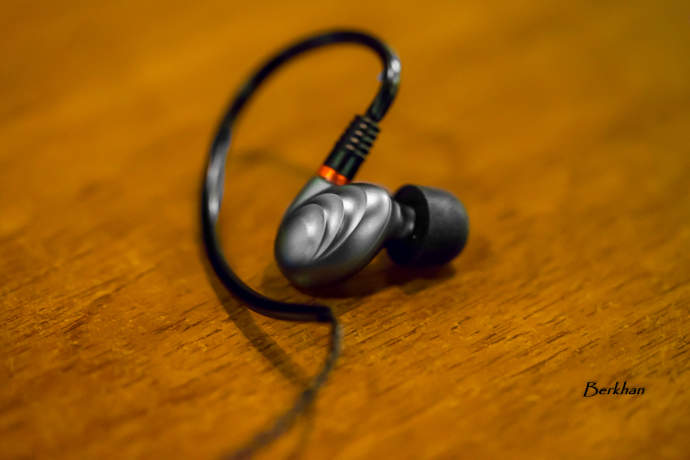
FiiO F9 Pro
Treble energy is just a little trimmed down for the sake of this consistency. But it still has very clear highs and the extension is similar. The improved treble quality effects many things, such as micro details, accuracy, texture and separation for the whole sound experience.
The positioning of the cymbals are very nice and distant enough to create a nice staging & image, together with the resolving character and good control. There is a slight roll off but nothing disappointing for the price level. I think the F9 did not have a noticeable problem with its upper treble, so the character on this part is quite the same, but the improved lower treble contributes critically to the F9 Pro to generate a consistent sound overall.
TECHNICAL SUCCESSION
The clarity on the F9 Pro is simply very good for the money, and the new BA drivers serve absolutely great for the new -much improved- coherency. Also the mids are where they should be this time around, so the sound feels more linear and realistic. Resolution is quite the same and the F9 was already very good in that regard, especially for the budget level. But the F9 Pro contains closer vocals and instruments and that contributes very well for a resolving, balanced and smoother character.
Sound stage again is impressive for the money, although there’s no big difference from the F9. It’s not often to hear this wide staging and sharp imaging for this price. Channel balance is also quite good and separation is improved with the more consistent nature of the new BA drivers. Background blackness leaves good impressions once again with a nice, close to 3D feeling.
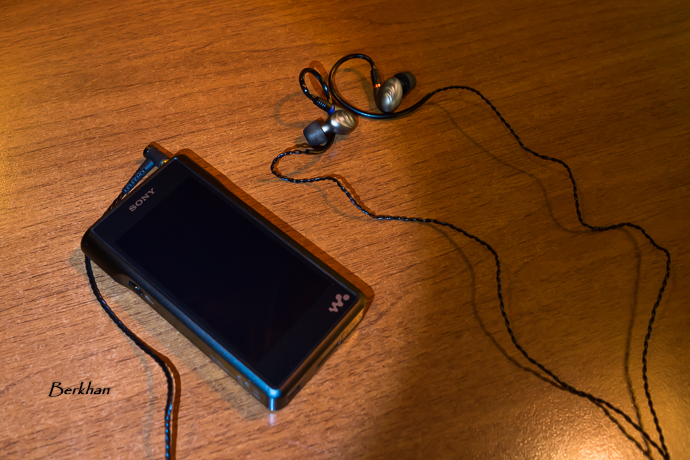
FiiO F9 Pro
On the contrary, it’s still not the most controlled IEM around. When you crank up the volume to louder levels, you can hear that the control is not on a high level, and there’s a chance for elements of a fast song getting mixed up sometimes. Of course it’s much better and smoother than the F9, but don’t expect a TOTL speed, layering, separation and control from this IEM. The good thing is that, speed and dynamism are better than the F9 and that sometimes makes a big difference with certain genres/songs.
The FiiO F9 Pro has a sensitivity of 106dB and an impedance of 28 ohms. The values are the same with the F9, so it’s quite easy to drive.
COMPARISONS
This review already contains the comparison with the F9 in the context, so I’ll go on with other IEMs for comparison.
Shozy & AAW Hibiki: Hibiki is a single dynamic driver IEM, and gives an airy bass like the F9 Pro. But the latter has more punch and rumble most of the time, and has more midbass presence as well. Mids are very good with the F9 Pro, and as you know if you’ve read the Hibiki Review, its mids are on the thinner side and tonality is not great. So overall F9 Pro is the better performer. Even so, the Hibiki is a great value for the money.
LZ-A4: The LZ is outstanding in terms of bass and with its open back design it’s really atmospheric and has great stage depth. Mids and trebles are quite good as well, but that depends on the filters being used. The FiiO F9 has much better fit and isolation, similar amount of mid and treble succession and build quality is better to me, except that doubt on the MMCX connectors. This is pretty close to be honest, and I think the winner will depend on the person’s taste and usage habits.
Also FiiO’s own F1 and F3 IEMs are no match for the F9 Pro in any aspect, although the F3 is a damn good sounding IEM for the money.
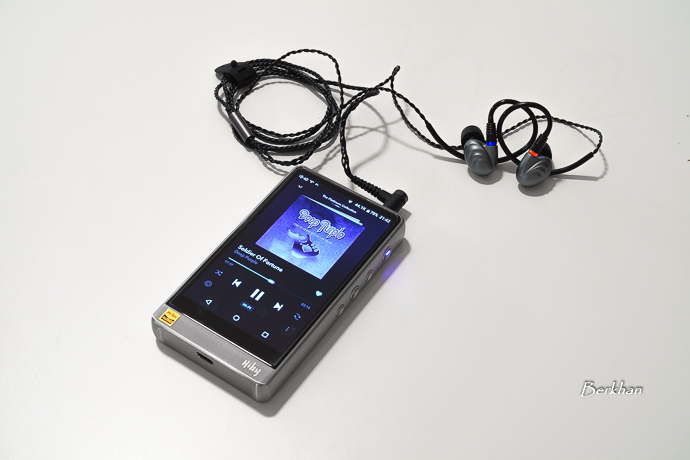
FiiO F9 Pro
CONCLUSION
Let me quote my own review about the F9 here:
“For 100$, you get a very solid IEM with a great fit and ergonomic design and also a great sound quality. The only big problem here is the lower treble, which I think FiiO could make better with more precise tuning. There will be a FiiO F9 Pro model soon, and James from FiiO says it has better control overall, so it looks like you don’t need to worry about the peak after getting that version.”
Well, this time for 139$, you get everything the F9 offers, plus a much smoother and controlled sound with better dynamics, precision and tonality, which is crucial in my book. Slight upgrades in terms of usage is the icing on the cake. What more can we ask?
I recommend everyone to skip the F9 and get the F9 Pro. It’s really interesting to see how much the brand of the drivers makes this kind of an impact on sound. What if you have the F9 already? No difference, I would still recommend the Pro version to you. I think FiiO could’ve released the Pro model directly as the F9 model, but I’m not making the decisions of course.
This is the best IEM FiiO have ever released so far, and I hope they continue to offer great value in this market.



